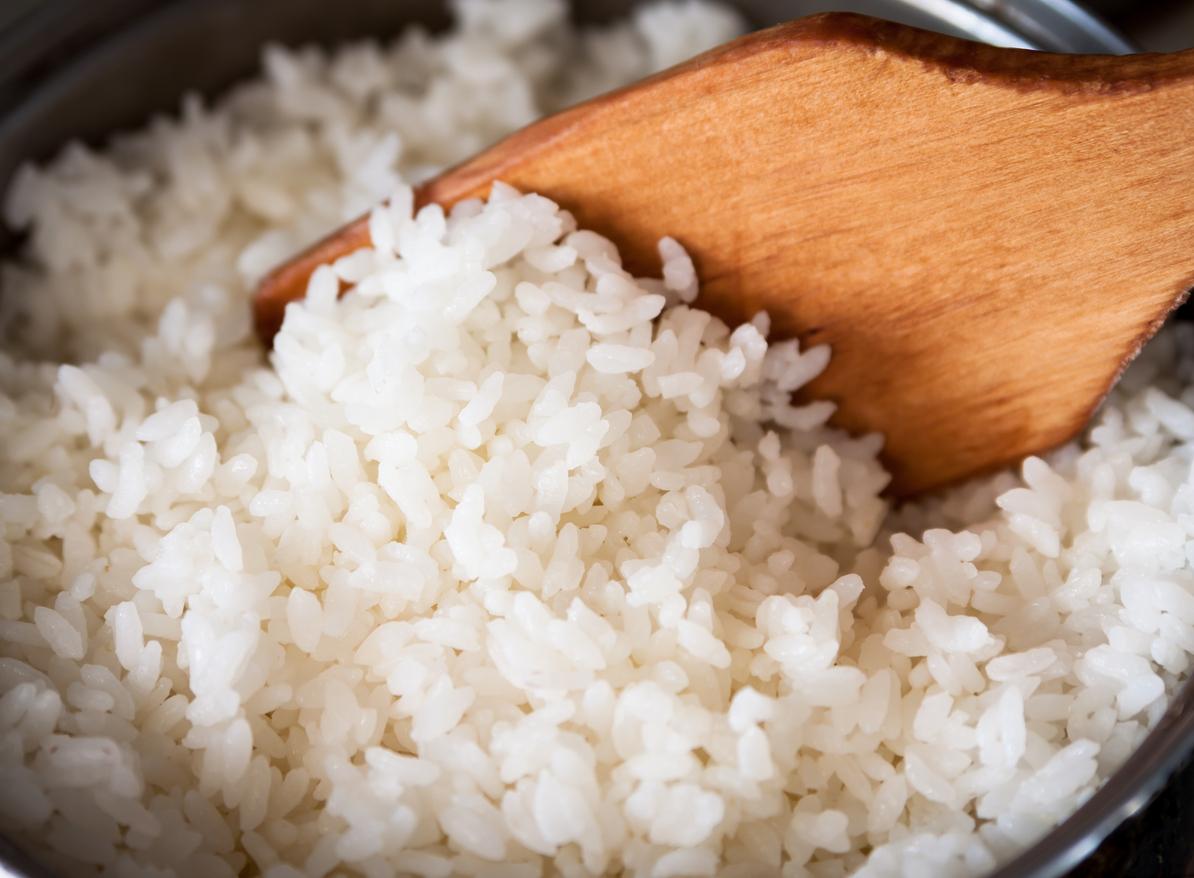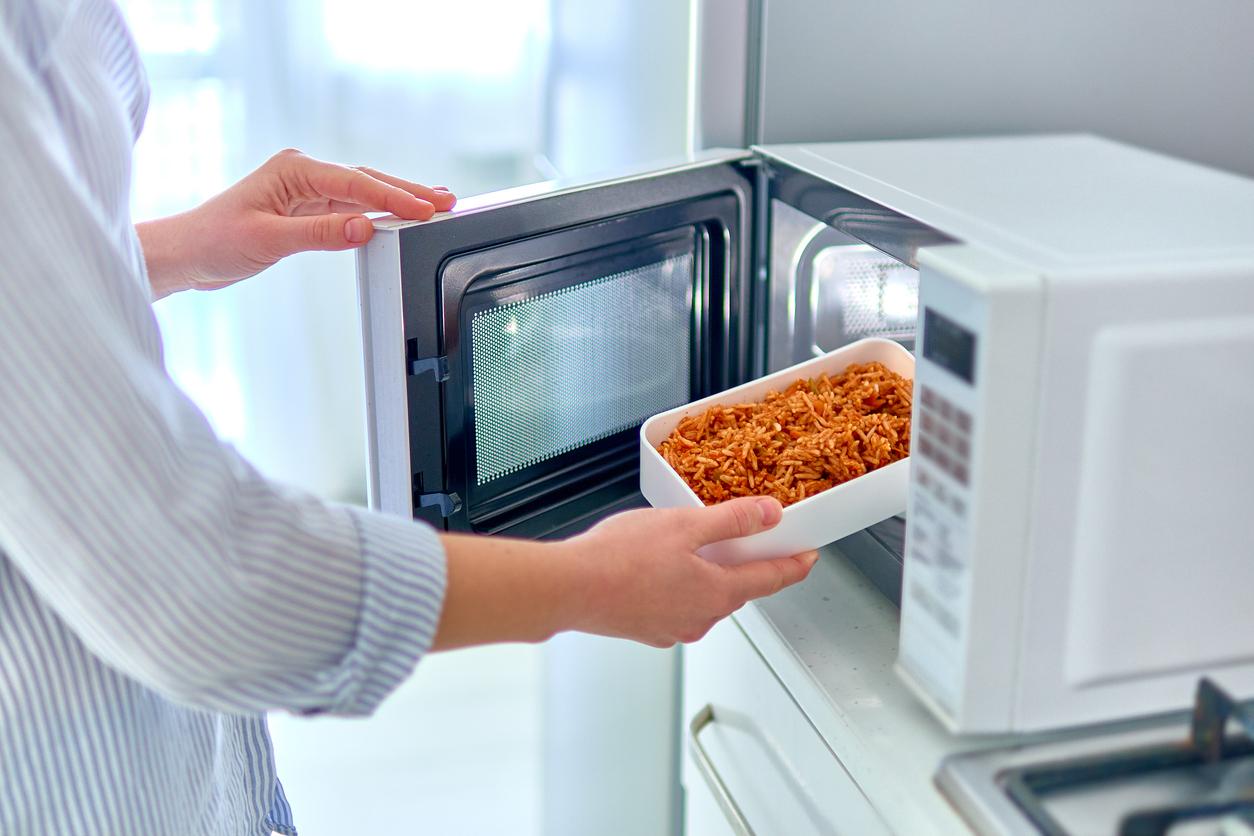Eating starchy foods cooked and kept at room temperature for too long can cause “fried rice syndrome”: food poisoning caused by Bacillus cereus bacteria.

- “Fried rice syndrome” refers to food poisoning caused by a common bacteria called Bacillus cereus. It is found almost everywhere in the environment, particularly in starchy foods like rice and pasta.
- The longer foods that need to be refrigerated are stored at room temperature, the more likely it is that toxins produced by the bacteria will develop.
- Because the symptoms are similar to those of other gastrointestinal diseases, and therefore regularly confused, there are no established figures on the frequency of occurrence of Bacillus cereus.
For several days, Internet users have been spreading a little panic online by talking about an illness nicknamed “fried rice syndrome”. At the origin of this panic, a 2008 report about a young Belgian who died of food poisoning, which resurfaced on TikTok : the 20-year-old student died after eating spaghetti that he had cooked, left at room temperature, then reheated and swallowed five days later.
In an article published in the independent media The ConversationEnzo Palombo, professor of microbiology at Swinburne University (Australia), warns of the dangers of eating leftover starchy foods that have already been cooked and improperly stored, and how to protect yourself from the risks of “fried rice syndrome”.
Bacillus cereus bacteria causes fried rice syndrome
“Fried rice syndrome” refers to food poisoning caused by a common bacteria called Bacillus cereus, which is found almost everywhere in the environment. This begins to pose a problem if it contaminates certain foods that are cooked and not stored properly, that is to say in the refrigerator. While the bacteria mainly affects starch-based products, such as rice and pasta, it can also affect other foods such as cooked vegetables and meats.
If Bacillus cereus is so problematic is because, unlike other bacteria, it produces a type of cell, called a spore, which is very resistant to heat: reheating the contaminated dish at high temperature is not necessarily enough to eliminate it. “These spores are essentially dormant, but if they are at the right temperature and conditions, they can grow and become active. From there, they begin to produce the toxins that make us sick.”explains Enzo Palombo, specifying that a few hours can be enough.
How to protect yourself from fried rice syndrome?
Since the symptoms of infection with this bacteria are diarrhea or vomiting, they are often confused with those of other gastrointestinal illnesses. They tend to go away on their own within a few hours or days, but vulnerable people, such as children or people with comorbidities, may in some cases need medical attention.
To avoid any risk, it is better to follow a few rules in the kitchen. “After preparing a meal, if you want to save some for future days, refrigerate the leftovers quickly”advises the microbiology researcher, who emphasizes that it is not “no need to wait for the food to cool”. It is also wise to divide your dish into portions: “When you put something in the fridge, it takes time for the cold to penetrate the entire mass of the food, so smaller portions will help.”
Generally speaking, according to Enzo Palombo, it is necessary “Follow the two-hour/four-hour rule: If something has been out of the refrigerator for 2 hours or less, it’s safe to put it back. If it’s been out for longer, then consume it, then throw away the leftovers. If he’s been out for more than 4 hours, it starts to become a risk.”

















